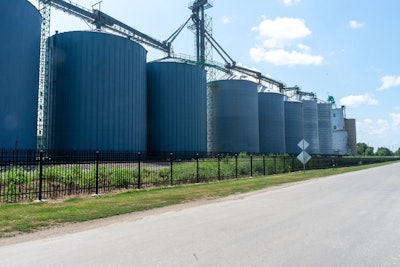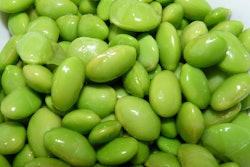
Grain elevators rely on bushels of grain to stay in business. But with a drought comes less bushels, which means the elevators take a hit.
Tim Luken, general manager and senior merchandiser of Oahe Grain, Onida, SD, told KELOLand.com that this year, the bushels are going to be a lot less than in years past.
“It’s going to be struggle for us elevators this year,” Luken said.
Right now, the spring and winter wheat are the commodities that are struggling the most, he said. Acres of winter wheat are up from last year.
They have seen a lot of price differences and variation in commodity prices between spring wheat to winter wheat because the winter wheat was good in the southern part of the country, he said. The crop in Onida is running anywhere from 20 to 60 bushels/acre. On a normal year, it would produce 50 to as high as 100.
Read the full report, see the videohere.





















